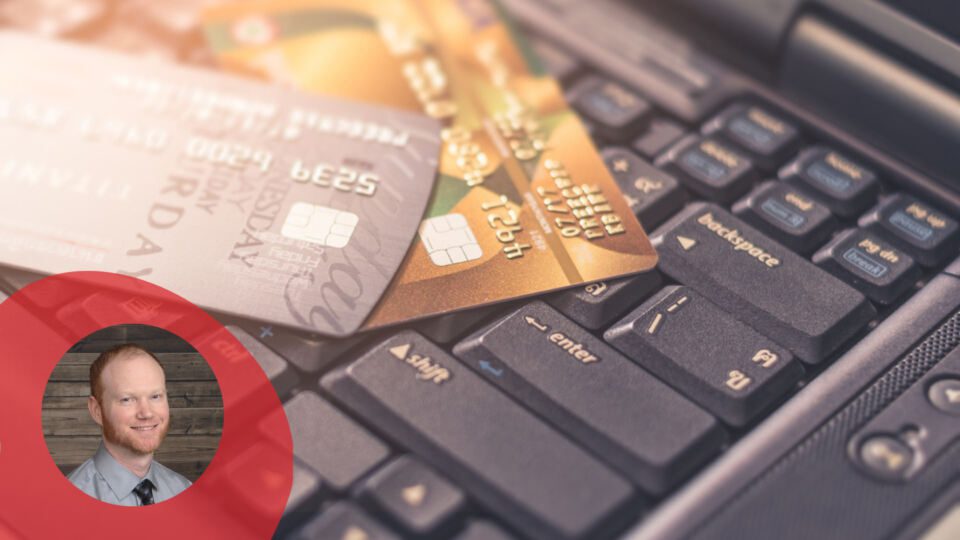It’s safe to say digital transformation has ushered in major changes in the retail landscape. In just the past decade, mobile devices and cashierless stores have emerged along with network-connected inventory management capabilities that have helped dramatically streamline operations. This transition has only accelerated amid the pandemic as demand for online ordering and contactless service have increased.
This digital transformation has required many retailers to reconsider their approach to power management in order to support a dynamic technology environment that includes both on- and off-premise (i.e. cloud-based) infrastructure. And while cybersecurity might not be the first thing that comes to mind when it comes to power, it’s easy for it to become a potential blind spot.
A Perspective on Power
As many retailers are aware, they can face significant financial and reputation-related damages if cybersecurity goes unchecked. A consumer privacy study from Cisco last year found that 26% of consumers had stopped doing business with a retail company because they felt the privacy of their data was at risk. And many IT departments are keenly aware of the pressures they face on the cybersecurity forefront. In Eaton’s recent Sleep and Stress survey, respondents working in retail and other industries revealed their most common IT “nightmares” focus on protecting against cyberattacks.
Widely publicized breaches like the one Target experienced in 2014 — which was tracked back to the company’s HVAC system — underlie the urgency in securing every network access point.
Like HVAC units, power management systems are becoming more connected to enable integration with software, services and other IT infrastructure. Uninterruptible power supplies (UPSs) and disaster avoidance software can help retail IT managers remotely monitor and manage their networks and support infrastructure, bridging the gap to generator power in the event of an outage and helping shut down critical infrastructure to avoid lasting damage.
As this connectivity advances, it’s critical to protect power equipment from attacks. Here are a few things to consider when it comes to power management:
- Cyber certifications: For any power management devices that will be connected to the network, it’s important to ensure they have the appropriate cybersecurity safeguards to match. The most common cybersecurity certifications come from global standards organizations like Underwriters Laboratories (UL) and the International Electrotechnical Commission (IEC). There are UPS network management cards available with UL 2900-1 and ISA/IEC 62443 certifications that have built-in cybersecurity capabilities and features.
- Software layer: Power management software can help retail IT managers monitor and manage their power devices while also making timely firmware updates to stay ahead of evolving cyber threats. As new vulnerabilities are identified, retailers can work with their technology service providers to embed necessary patches or solutions via mass updating to help reduce potential exposure and prevent data loss.
- Physical security: Few retailers think of physical security when it comes to protecting IT equipment. But it shouldn’t be overlooked, as attackers can use physical infrastructure to access critical data. Measures such as putting smart security locks on IT racks can be helpful to ensure only authorized personnel have access to these components.
In conjunction with other protections against ransomware attacks, some retailers may want to consider protecting their data using a “network air gap” — a security measure that keeps secure networks physically isolated from unsecured ones. This could include servers or storage area networks that IT teams want to protect from potential attack.
A Secure Path Forward
As digital transformation continues, retailers can stay ahead by having a well-rounded strategy to protect against potential cybercrime. Retailers and their IT teams will want to continue to keep a pulse on cybersecurity needs as the industry evolves and new threats emerge. Staying updated on policies and procedures across their network — including power management infrastructure — will help teams strike the right balance to keep both their data safe and protect the privacy of their customers.
James Martin is the Global Connectivity Product Manager at Eaton. He has promoted Eaton’s software and connectivity solutions for the past nine years and built trusted technical advisor relationships with channel partners, field sales and sales operations.




